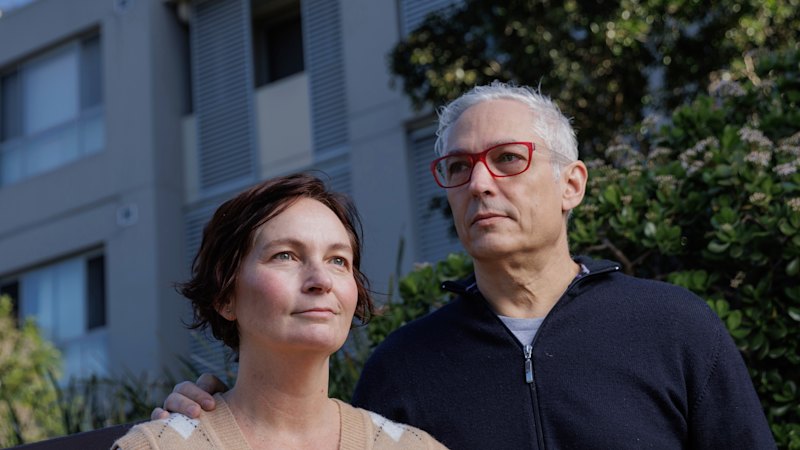
More than 4 million renters in Australia are on the verge of benefiting from a significant shift towards renewable energy solutions. Major electricity companies are developing plans to provide free household batteries, which could greatly reduce energy costs for tenants. This initiative comes in response to the growing popularity of federal government rebates that cover 30% of the expenses related to purchasing and installing home batteries, leading to a remarkable 400% increase in sales since their launch in July.
The challenge for renters remains substantial, as many are reluctant to invest over $10,000 in a battery and solar panel system for properties they do not own. Additionally, landlords often lack incentives to finance such installations, as they do not directly benefit from reduced energy bills. The debate surrounding the fairness of battery rebates is intensifying as the Albanese government prepares to reconvene parliament, addressing issues that impact both tenants and landlords.
AGL’s chief customer officer, Jo Egan, highlighted the company’s commitment to inclusivity in the renewable energy transition. “We are looking at models where we can own the hardware with our capital, on a customer’s home or premises, and they can still access the benefits,” Egan stated. This approach could lead to the establishment of “virtual” power plants (VPPs), which involve interconnected homes with solar panels and batteries.
These virtual power plants would enable energy providers to harness a significant amount of electricity generated by residential solar installations and stored in batteries. During peak demand periods, energy companies could utilize this network to supply electricity to the grid, thereby easing reliance on traditional power sources.
A household battery system can yield considerable savings by storing solar energy during the day and using it to power homes at night, when electricity prices typically rise. In major cities like Melbourne and Sydney, a properly sized battery could help eliminate annual electricity costs, which range from $1,500 to $2,000.
Origin Energy’s general manager of retail, Jon Briskin, emphasized the potential of integrating home battery storage into a VPP. “We see it as a core part of a cleaner and cheaper energy system … and it should lower customers’ energy costs,” he noted. This strategy could also prove more economical for energy providers than developing additional gas plants or large-scale battery systems.
Caroline Edwards and her partner, Graeme, represent the challenges renters face. They sought to install solar panels and a battery at their rental property to reduce bills and contribute to a lower-emissions electricity grid. However, they hesitated to approach their landlord about such an investment. “We were also hesitant because if we were to put forward a proposal for our investment as part of that, we have no rental security,” Caroline explained.
The Edwardses, who also manage a rental property, believe that government intervention is crucial. “Any support that we can get to make this an easier process for us to move forward with would be very gratefully received,” Caroline stated.
The Australian government is already taking steps to assist renters and low-income households in accessing affordable clean energy through the $100 million Solar Banks program. This initiative aims to facilitate rooftop solar installations for rented apartments, along with investments in energy-efficient upgrades for social housing, including home batteries and efficient appliances.
Advocates like Charlie Rodrick, a campaigner with Solar Citizens, argue that renters have been excluded from the clean energy transition for too long. “The issue of split incentive between landlords and their tenants has meant that solar and battery uptake has been low across the board, despite the rebates that are available,” Rodrick stated.
As the landscape of renewable energy evolves, the inclusion of renters in this transition could represent a significant step towards a more equitable energy system. The developments from major electricity companies may soon enable millions of Australians living in rented accommodation to participate actively in the renewable revolution.






